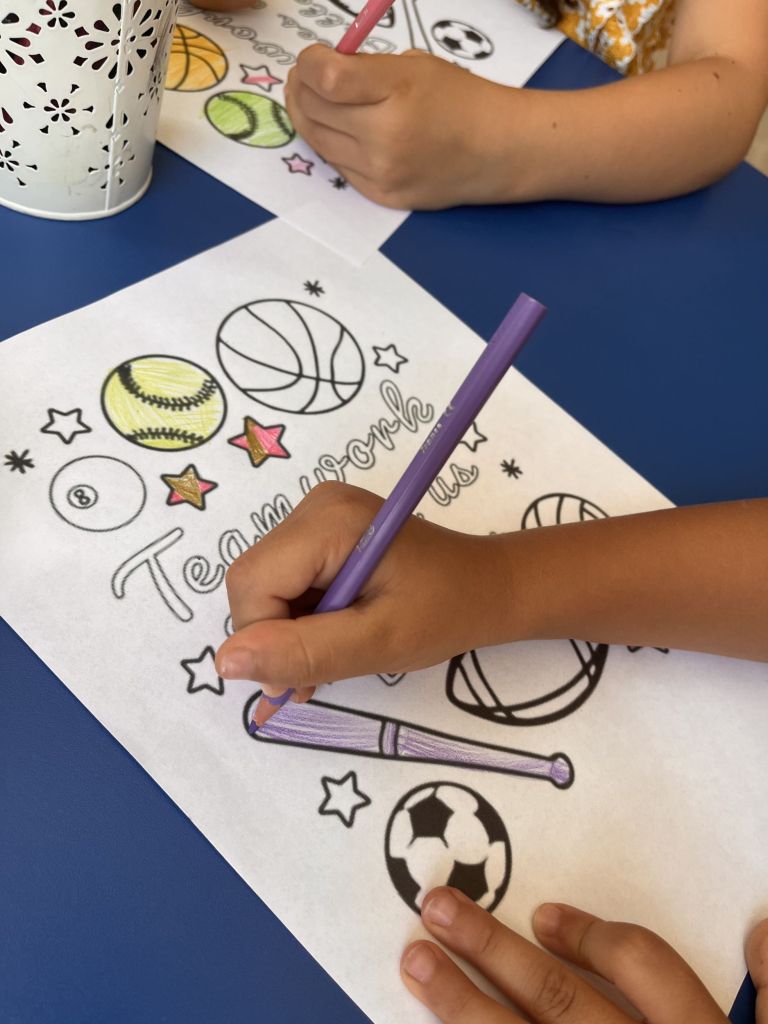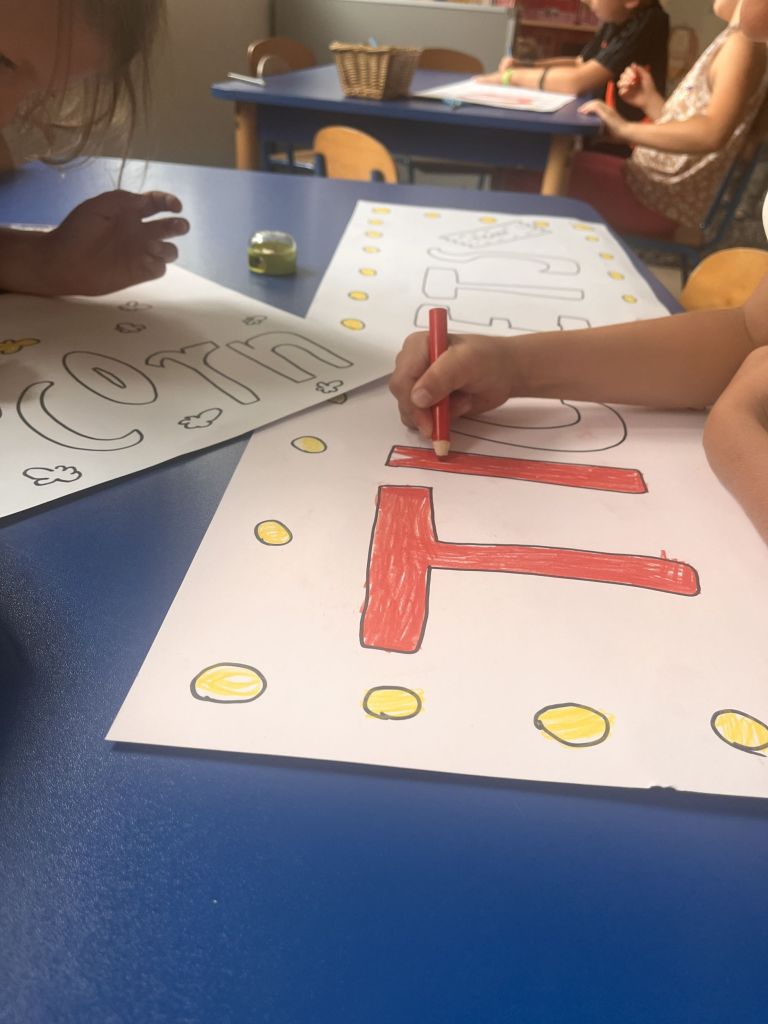
Added: 28.07.2023, Categories: News
Bilingualism in Figlarz
Not only children brought up in mixed families can be bilingual, it is also possible in other situations. We then speak of intentional or non-native bilingualism. We have it when there is a person or several people in the child’s close surroundings who communicate with the child in another language. This exposure to the language allows the child to acquire it naturally.
A bilingual person is someone who can speak two languages fluently. He or she does not need to know the languages from birth, nor does he or she need to know them at the same advanced level. Remember that everyone’s abilities are different.
When to start?
If English has already appeared at home, that’s great, but it’s safe to start in your child’s new environment – nursery or kindergarten. Children will be building a new language system, accumulating new vocabulary, language structures. It works like a spiral that increases with exposure to language.
Why is it worth it?
Bilingualism benefits children’s development. To quote Dr. Joanna Kolak, a well-known specialist in this field in Poland – […] many studies have shown that by starting early, we are able to master a language at a level close to that of a native speaker in terms of vocabulary, grammar and pronunciation […]. We can also add that many studies show that bilingualism can support the learning of further languages. Speaking more than one language poses additional challenges to the cognitive system. Neuroimaging studies show that bilingualism brings with it a number of neuroplastic changes both in brain function and structure. Quoting from Agata Wolna and Zofia Wodniecka The bilingual brain: a review of key reports. The authors of the article also write that, according to Albert and Orbel, people who started learning a second language before the age of six, irrespective of the level of proficiency achieved, have a greater involvement of both brain hemispheres in language processes than monolinguals. In conclusion, can there be any harm? No, but learning a second language is beneficial for children’s brain development.
How can bilingualism be supported at home?
We encourage parents to create situations for their children to listen or speak in a second language. We suggest starting by changing the language of fairy tales for children, it will be easy for them to start with a text supported by a picture. Whether it’s Peppa Pig or Mickey Mouse – it doesn’t matter – your child will still learn lots of new words. It’s worth building on children’s current interests. If your child finds the chosen story too difficult, try turning it on in Polish first, then in English or watch it together.
At a later stage, you can turn on audiobooks or podcasts for children. You can find recordings of children’s books being read online. Oh and we would forget what children like most. That is, songs! Some children like to listen to music in the car the most, some at home at leisure to dance to or listen simply, in the background while playing.
When the child has become familiar with the language and when the parents feel ‘comfortable’ enough with their skills then we encourage talking to the children in a second language. There are several ways in which this can be done. Any that you and your child find themselves in will work well for you. You can choose a place where you will switch to the other language e.g. a room of your choice – the bathroom, the kitchen and later even the whole house. For example, you can choose a time when you switch to English, e.g. after kindergarten or at dinner. Another way to be bilingual is to divide the home – one parent speaks to the child in Polish and the other in the foreign language. Or perhaps you can create your own way?




